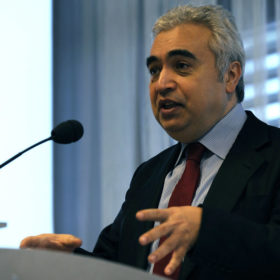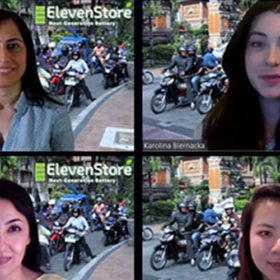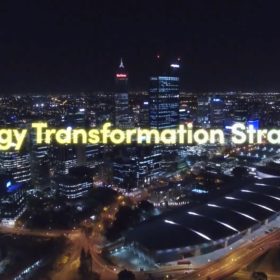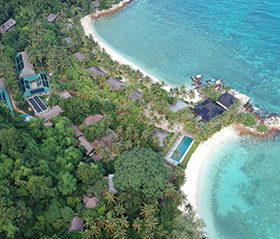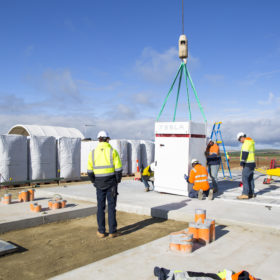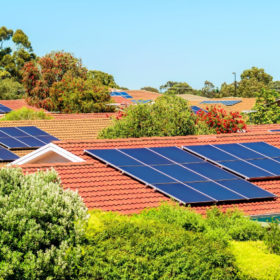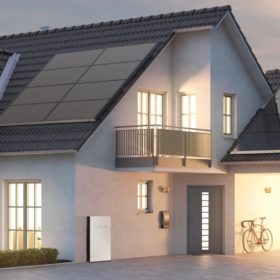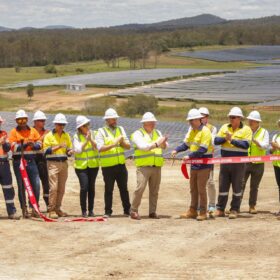‘Solar is the new king of energy markets’
The advance of PV has been lauded by the International Energy Agency as it launched the latest edition of a flagship World Energy Outlook 2020 report overshadowed by the Covid-19 crisis and uncertainty over how long the economic recovery could take.
Salt of the earth Deakin Uni researchers win global prize with innovative sodium battery
A group of Deakin University researchers have won a top gong at Climate Launchpad 2020 with their innovatory sodium battery which they expect to electrify Indonesia’s enormous scooter market within three years and outcompete lithium ion batteries in the near future.
Rooftop PV set to shine in WA’s energy future despite growing gas cloud
The Western Australian Government’s Energy Transformation Taskforce has revealed its first blueprint for the isolated state’s energy system transformation over the next two decades. The blueprint, which features four separate models, sees rooftop solar and accompanying battery storage excel in the coming years, although it suggests coal-fired power will still have a large presence.
Islands on the horizon of hope: Canopy Power’s solar microgrid helps another island toward a sustainable future
Singapore-based solar plus storage microgrid expert Canopy Power has helped the Batu Batu resort on Malaysia’s Tengah Island reduce its dependence on diesel fuel through the installation of an integrated system which will cover a quarter of its energy needs.
Synergy seeking 100 MW of storage to follow the sun
The Western Australian Government is expanding its battery of solar-smoothing energy storage systems, with a 100 MW BESS proposed to move into the site of the old fossil-fueled Kwinana power station 30 km south of Perth.
ACT Labor promises 250 MW network of batteries if re-elected
ACT Chief Minister Andrew Barr has promised that if ACT Labor is re-elected in October, his government will invest $100 million over the next five years toward the construction of a 250 MW citywide battery network. A battery of that size is unprecedented but certainly achievable, and every Canberran can take part.
A line in the silicon: SA solar industry inverted as new regulations come into effect
South Australia’s new solar installation regulations came into effect on September 28. The regulations, designed to better manage a distributed energy system, are thought rushed by some in the industry, but ultimately they should facilitate more solar integration.
WA Flexibility Services Pilot cues a 100MW orchestra of DER
How to get the gigawatts of distributed solar generation in the WA’s South West Interconnected System to play nicely with the network: Western Power has gathered 100 MW of resource to test its coordinated ability to stabilise the system on low demand days.
AGL expands VPP with solar battery sales to eastern states
AGL Energy has expanded its solar battery VPP to Queensland, New South Wales and Victoria with the immediate launch of solar battery sales for residents of the eastern states, while solar and battery bundles will be available by the end of the year.
WoodMac: Tesla Battery Day 2020: Too good to be true?
Like most Tesla events, speculation and hype were at all-time highs after CEO Elon Musk hinted that something “very insane” would be revealed. He was not far off! Tesla detailed a completely new cell, along with plans to improve manufacturing, costs and shrink the battery supply chain. With such bold claims come many questions.
